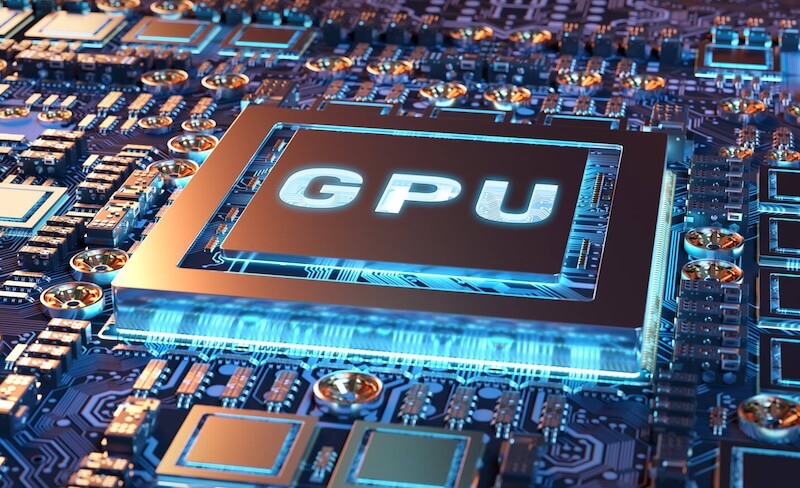AMD's highly anticipated next-generation Radeon GPUs are set to make their debut at Computex 2025 in Taipei. The launch, spearheaded by Jack Huynh, AMD's Senior VP and GM of the Computing and Graphics Group, promises to showcase advancements across gaming, AI, and professional workloads. Here's a breakdown of what to expect from the new Radeon lineup.
RDNA 4 Architecture and RX 9000 Series
The next-gen GPUs are based on the RDNA 4 architecture, boasting improvements over its predecessor, RDNA 3. Key enhancements include optimized compute units, 2nd generation AI accelerators, and 3rd generation Raytracing accelerators. AMD claims a 40% performance uplift per compute unit, driven by higher clock speeds and architectural refinements. The RDNA 4 architecture retains the same CU structure as RDNA 3, featuring 64 shaders (two SIMD32 engines) and maintaining the dual-issue capability, allowing certain operations to be executed at a rate of two instructions per cycle.
RDNA 4 also brings enhanced AI acceleration, with 2nd generation AI Accelerators that efficiently process advanced AI models. These accelerators support new data types like FP8 and inference optimization techniques, delivering up to 8x INT8 throughput per AI accelerator (for sparse matrices) per compute unit.
Gaming Performance and Features
The initial launch includes the Radeon RX 9070 XT and RX 9070. AMD is targeting the mainstream to high-end market segments, aiming to provide competition to Nvidia's RTX 50-series. While specific rasterization improvements are somewhat vague, AMD claims a 40% performance increase compared to RDNA 3. Ray tracing performance is expected to double.
One notable addition is AMD FidelityFX Super Resolution 4 (FSR 4), a machine learning-based upscaling technology. FSR 4 aims to improve temporal stability, preserve detail, and reduce ghosting, resulting in sharper visuals, higher frame rates, and lower latency.
Specific Models and Pricing
- Radeon RX 9060 XT: AMD announced the Radeon RX 9060 XT, targeted at 1440p gaming. It will be available in 8GB and 16GB variants, priced at $299 and $349, respectively, launching on June 5th. The RX 9060 XT features 32 RDNA 4 compute units, 2,048 stream processors, 128 texture mapping units (TMUs), 32 ray accelerators and 64 AI accelerators.
- Radeon RX 9070 XT and RX 9070: These cards, also based on RDNA 4, were revealed earlier in the year. The RX 9070 XT features a fully enabled Navi 48 die with 64 RDNA 4 CUs, while the RX 9070 has 56 CUs.
AI and Professional Workloads
AMD is also focusing on AI capabilities with the RDNA 4 architecture. The Radeon AI PRO R9700, built on RDNA 4, is designed for local AI inference, model fine-tuning, and complex creative workloads. It features 32GB of graphics memory, PCIe Gen 5 support, and scalability for multi-GPU systems. AMD claims that the R9700 has over 1,500 TOPS of 4-bit performance and is built for fast, secure, and local AI development.
The new Ryzen Threadripper PRO 9000 WX-Series and Ryzen Threadripper 9000 Series processors are also aimed at professional and enthusiast desktops, offering high core counts and memory bandwidth for demanding multi-threaded workloads.
Media Engine Improvements
The RDNA 4 architecture includes improvements to the media engine, including better H.264, H.265, and AV1 encoding efficiency. AMD has also added a dual media engine, doubling the AV1 encoding throughput.
Overall Expectations
AMD's Computex 2025 announcements signal a strong push into both the gaming and AI markets. The RDNA 4 architecture brings improvements in performance, ray tracing, and AI capabilities, while the new Radeon RX 9000 series offers a range of options for gamers and professionals. The focus on AI, with the Radeon AI PRO R9700 and Ryzen AI processors, demonstrates AMD's commitment to becoming a major player in the AI landscape.















